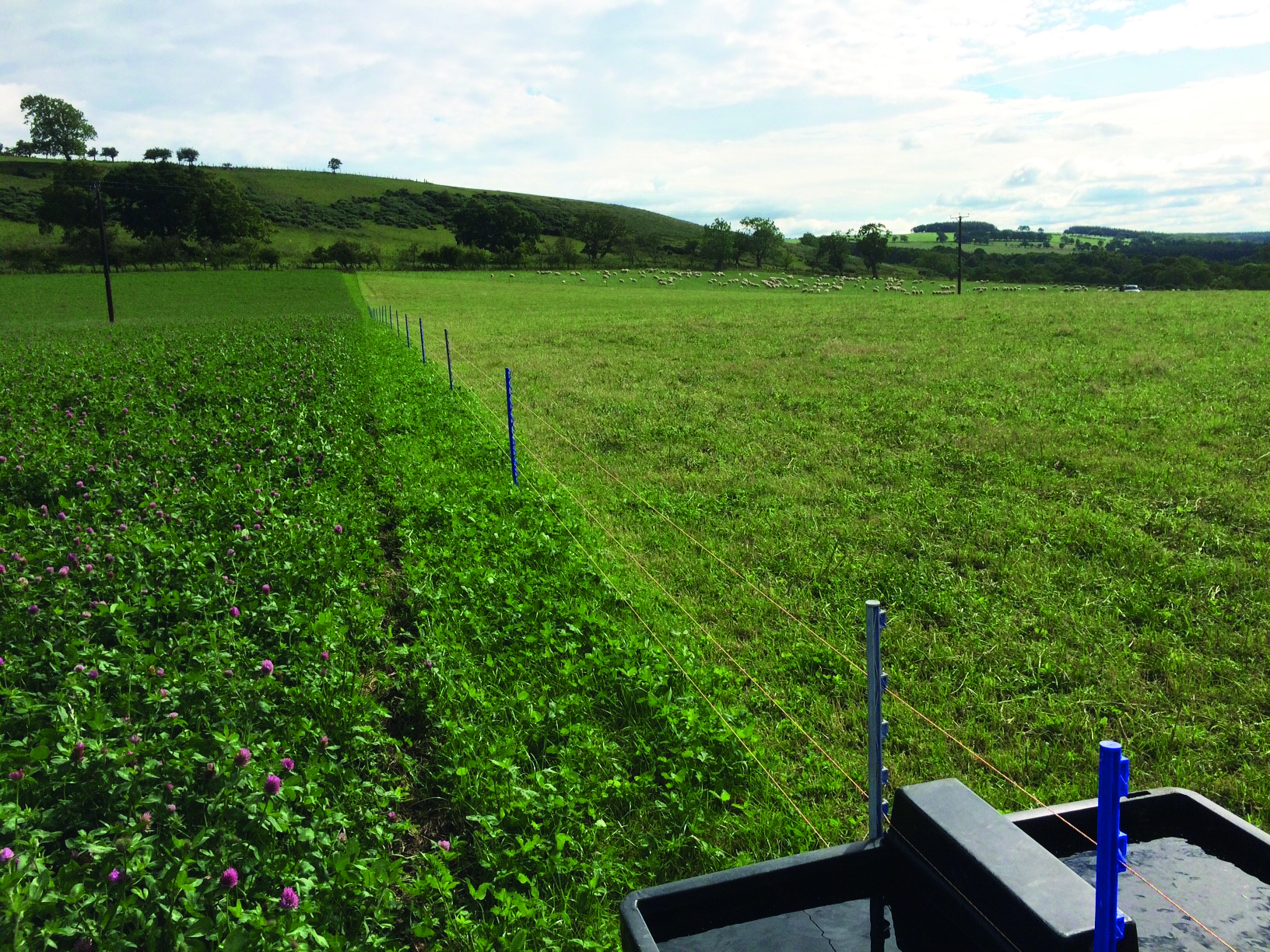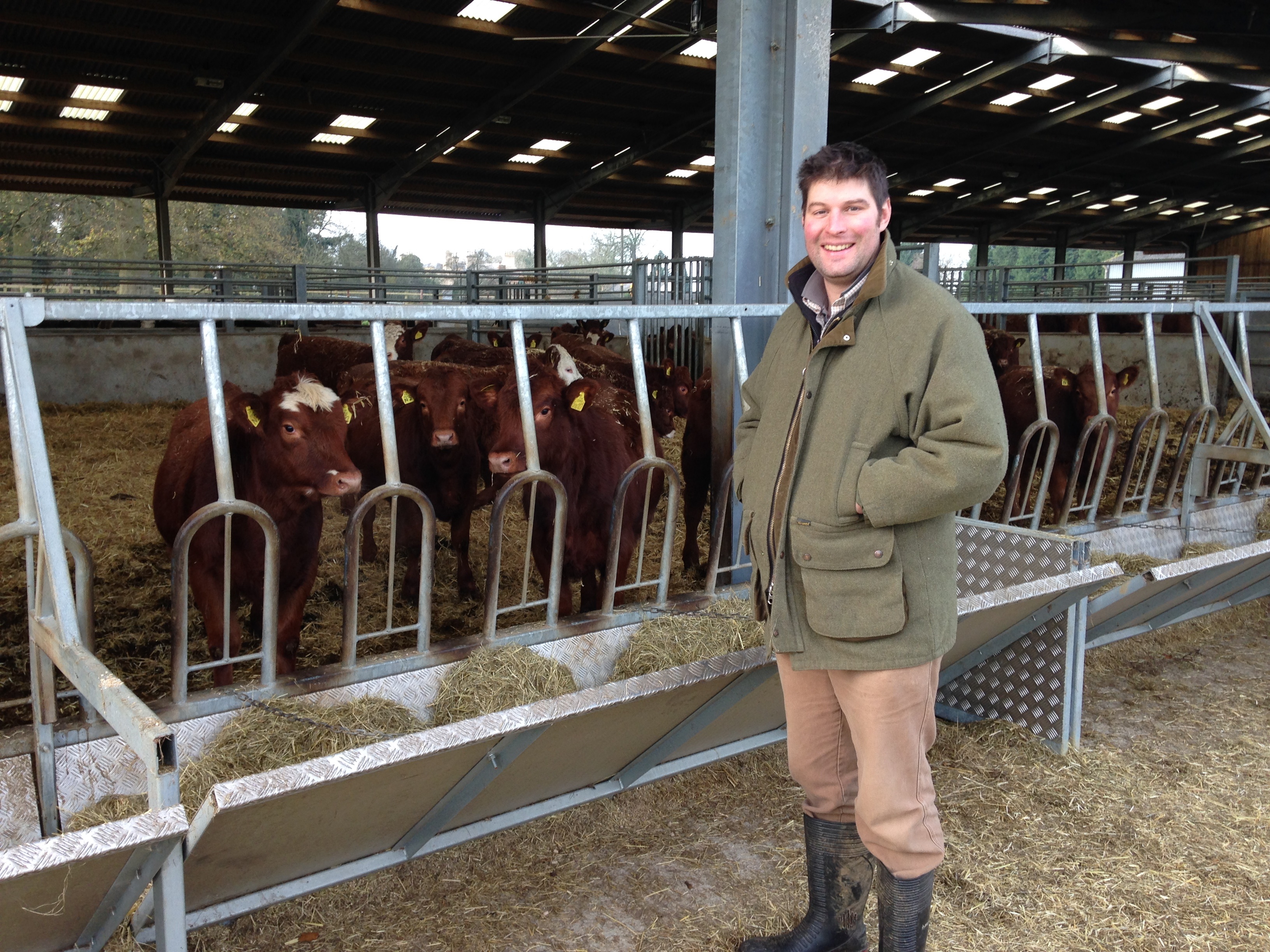- Home
- Knowledge library
- Paddock division for rotational grazing
Paddock division for rotational grazing
In this section of our rotational grazing systems for suckler producers we cover paddock division.
Subdivide your fields into paddocks to control the residual sward height left once the animals are moved on. Think about your farm in multiple blocks, and therefore rotations, rather than as one block. Investment can be done gradually over the farm. Alternatively, existing field boundaries could be used and the group size increased to reduce the need for a significant investment in fencing.
Tip: start with a farm map with current infrastructure marked up, e.g. water troughs, permanent fencing, to allow for planning.
Infrastructure is key to setting up a simple paddock system. If you spend time initially in setting up the infrastructure, the movement of cattle and the creation of paddocks will be a lot simpler in the long term. The system can be set up temporarily with electric fences and plastic water troughs to get the system running. Once you are confident with the system, the infrastructure can be made permanent.

Credit James Drummond
Permanent electric fencing can be used to supply a live wire around the farm boundary or along sections of the fields. From these points, it is possible to then attach temporary lines from the permanent fence.
Temporary fences can also be used directly off batteries and can offer very flexible ways of fencing fields. If a paddock system is set up to create one-hectare paddocks with permanent fencing, there may be situations where paddocks need to be split again. The use of temporary fences can make this cost-effective and labour-efficient. For instance, during peak grass growth, paddocks may need to be split in half again to allow the paddocks to be grazed out over a two-day period. During the spring or autumn, a smaller area may be required to be grazed due to ground conditions. Flexibility is key in a paddock grazing system and temporary fences allow this to happen.
Serious consideration needs to be given to whether there are any footpaths crossing the field when establishing where fences could go.
Case study : Tim Phipps - How to get started with rotational grazing
Tim gives us an insight into how he's increased cow numbers from 78 to 163 through rotational grazing.
 The two most important aspects of rotational grazing are to create areas that can be grazed in a maximum period of 2–3 days with the use of permanent and temporary electric fences and to install adequate water in each paddock.
The two most important aspects of rotational grazing are to create areas that can be grazed in a maximum period of 2–3 days with the use of permanent and temporary electric fences and to install adequate water in each paddock.
Tim Phipps, a farmer involved in our Beef from Grass project, keeps around 35 cows in a bulling group on his farm at Bragborough Hall. Tim weighed his cows, which allowed accurate intake targets to be calculated. For simplicity, we assumed at the time that each cow and calf would average an intake of 18.5 kg/day, based on a 750 kg cow. Therefore, each bulling group of 35 cows would have a total requirement of around 648 kg/day.
Tim decided that if he aimed to graze swards to a residual of 1,500 kg DM/ha and the cows entered the field at a cover of between 2,700 and 3,000 kg/DM/ha, this leaves an available feed of 1,200 to 1,500 kg/DM/ha. Therefore, the cows will have enough feed for two days if they are in 1-ha paddocks. The paddocks are still growing while they are being grazed and this can add a further 20–80 kg DM/ha per day.
Tim created 2-ha paddocks and put a temporary electric fence down the middle to create 1-ha paddocks. A single water trough was positioned in the centre of the field, to allow access from up to four paddocks.
Why not create larger paddocks?
- If the cattle are in the paddock for four to six days, cows will eat all of the more nutritious grass during the first two to three days, leaving them with poorer quality in the last few days
- The cows will start eating the grass regrowth, which will reduce grass growth through the season
- Utilisation will reduce as grass will be trampled and not eaten
- If conditions are wet, the ground will be poached more heavily
- The cows will not graze down to the residual of 1,500 kg/DM, therefore quality is reduced for the next grazing season
Tim has increased cow numbers from 78 to 163 over the three-year period of the project, increasing livestock units (LSU) from 0.70 LSU/ha to 2.4 LSU/ha over this period. The farm is now producing an output per hectare which is double that of the average recorded suckler herd under Farmbench.
Topics:
Sectors:
Tags:




